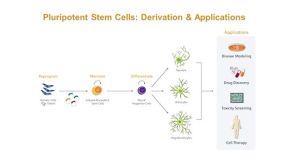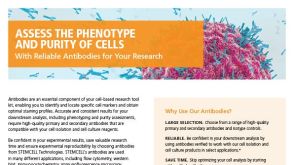技术资料
-
 挂图Cell-Reprogramming Technology and Neuroscience Details on human iPSC-derived models of neuropsychiatric and neurodegenerative disorders
挂图Cell-Reprogramming Technology and Neuroscience Details on human iPSC-derived models of neuropsychiatric and neurodegenerative disorders -
 挂图Small Molecules, Big Impact in Pluripotent Stem Cell Research Overview of signaling pathways and small molecules in pluripotent stem cell research
挂图Small Molecules, Big Impact in Pluripotent Stem Cell Research Overview of signaling pathways and small molecules in pluripotent stem cell research -
 产品手册Products for Human Pluripotent Stem Cells
产品手册Products for Human Pluripotent Stem Cells品牌:
AggreWell,BrainPhys,CryoStor,EasySep,PBS-MINI,ReLeSR,STEMdiff,TeSR,mFreSR
-
 产品手册Cryopreservation Media for Stem Cell Research
产品手册Cryopreservation Media for Stem Cell Research品牌:
BloodStor,CryoStor,Hypothermosol,MesenCult,STEMdiff,mFreSR


 EasySep™小鼠TIL(CD45)正选试剂盒
EasySep™小鼠TIL(CD45)正选试剂盒













 沪公网安备31010102008431号
沪公网安备31010102008431号